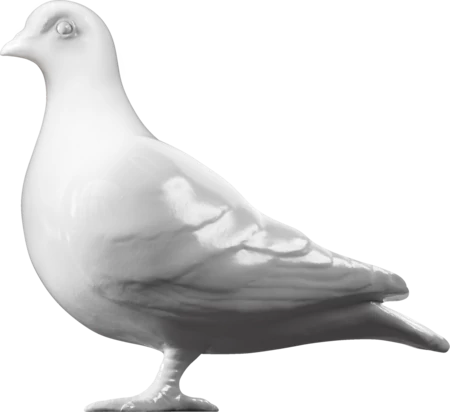Post-Medieval — Mid 16th century
Pot, watering pot
The most common form of medieval watering pot had a 'narrow neck, bigge belly, somewhat large botome ... full of little holes' through which the water was released by the thumb 'laide on the hole' at the top 'to keep in the aire.' In this way a filled and inverted pot could be carried around the garden, and the contents released at will over tender young seedlings and plants. The second type, with a rose sprinkler for all-purpose watering, appears in mid 1500s. Both types have been excavated in London but the greatest concentrations have been found on the sites of the city's principal medieval gardens.
- Category:
- Post-Medieval
- Object ID:
- A26127
- Object name:
- pot, watering pot
- Object type:
- Artist/Maker:
- —
- Related people:
- Related events:
- Related places:
- Production date:
- mid 16th century
- Material:
ceramic, earthenware
- Measurements/duration:
- WT 2.5 kg, H 330 mm, DM (base) c. 130 mm, DM (body) c. 200 mm, W (max) c. 265 mm (overall)
- Part of:
- —
- On display:
- —
- Record quality:
- 100%
- Part of this object:
- —
- Owner Status & Credit:
Permanent collection
- Copyright holder:
digital image © London Museum
- Image credit:
- —
- Creative commons usage:
- —
- License this image:
To license this image for commercial use, please contact the London Museum Picture Library.

